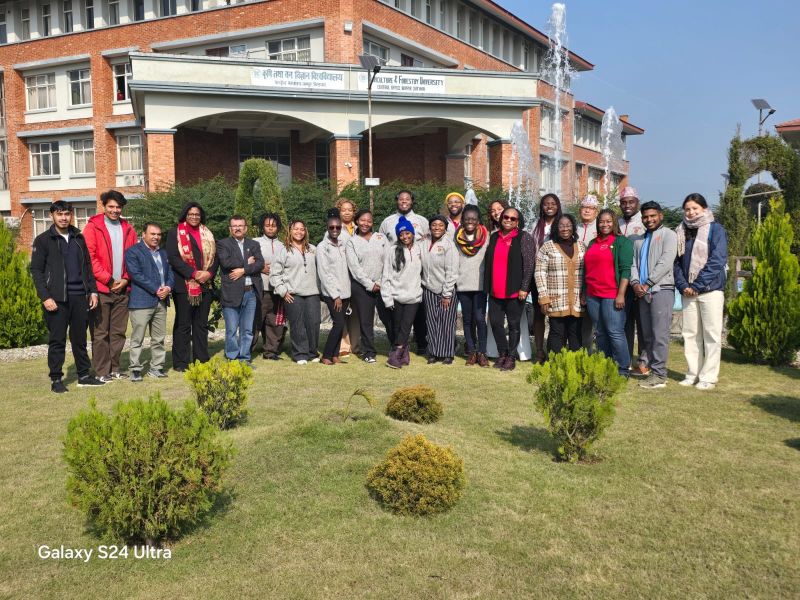Did you know your learning style might change over time, or even be influenced by your gender?
A new study, led by Dr. Alexa Lamm in collaboration with Dr. Peng Lu, Dr. Kevan Lamm, Dr. Millicent Oyugi, and Sudarshan Adhikari, explored how agricultural students in Nepal learn and think critically, and how these patterns shift across academic levels and between males and females.
Using Kolb’s (1984) experiential learning theory and the critical thinking styles model by Lamm and Irani (2011), the study surveyed students from the Agriculture and Forestry University in Nepal. Students responded to questions about how they prefer to learn and think through information.
So, how do people learn and think differently?
While Kolb described an individual’s approach to learning and creation of new knowledge in four stages: Concrete Experience (feeling), Reflective Observation (watching), Abstract Conceptualization (thinking), and Active Experimentation (doing), Lamm and Irani groups individuals’ critical thinking styles into two distinct groups; Seekers and Engagers.
Seekers prefer gathering information and value understanding the issue before deciding. Engagers, on the other hand, favor discussion and appreciate diverse perspectives. Neither approach is wrong; the difference lies on a continuum between information-seeking and engagement.

The Research Findings
- More female students were primarily seekers , whereas male students were primarily engagers
- Seekers tend to prefer learning by Concrete Experimentation and Reflective Observation. Engagers on the other hand tend to prefer learning by Active Experimentation.
- While the first-year students mostly preferred learning through Concrete Experience, the fourth-year students preferred Active Experimentation. This indicates that learning styles shift as students progress.
- Gender and academic level influenced the strength of these learning preferences. For example, the link between being a Seeker and preferring Concrete Experience was stronger among female and first-year students, but weaker for males and students in higher academic levels.
So what does this mean?
This research indicates that students have different learning and thinking styles. Factors such as gender and academic level can influence how students process and interact with information. First-year or Seeker-type students tend to learn best through direct experience, hands-on activities, and practical engagement. On the other hand, higher-level learners or Engagers are more inclined to actively test and apply new ideas and theories through experimentation, engaging deeply in experimental learning approaches. Therefore, educators must tailor and design curricula specifically to accommodate various learning styles rather than adopting a generalized approach to ensure effective learning environments that address student needs.